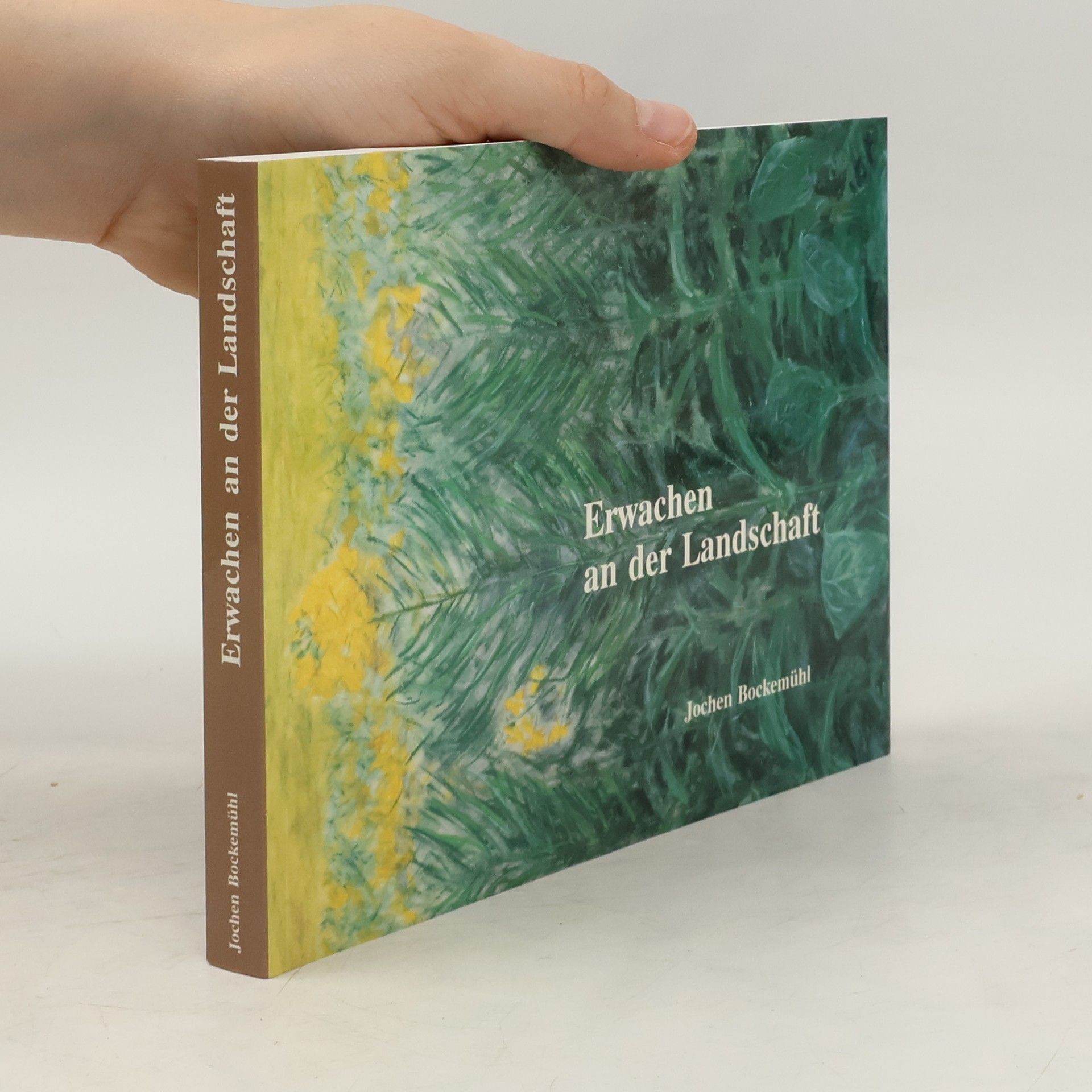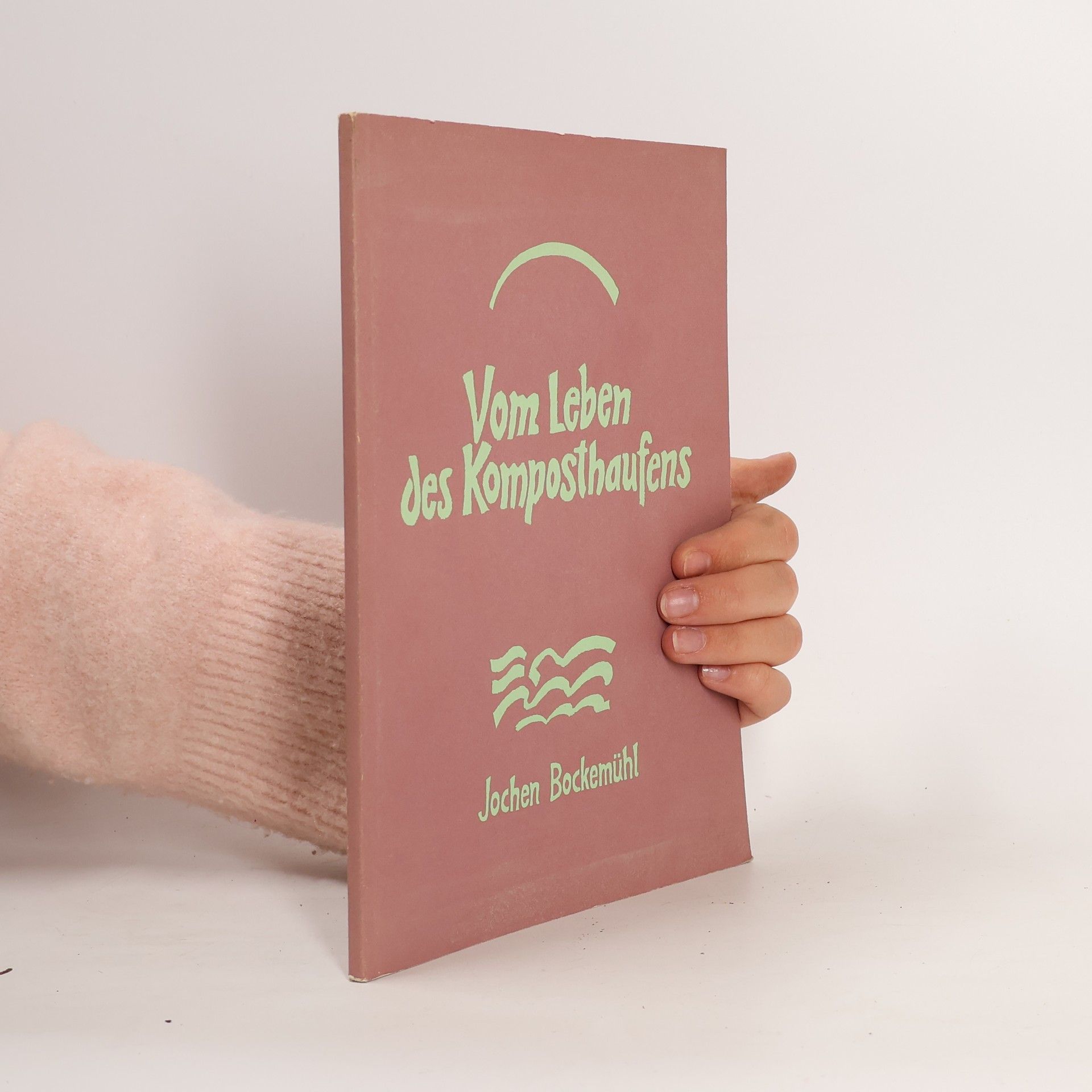Umierajúce lesy - otázka vedomia
- 100pages
- 4 heures de lecture
Autor, švajčiarsky biológ, prezentuje v knihe svojich 50 pastelov namaľovaných v rôznych kútoch sveta. Upozorňuje nimi na to, že ľudia stratili vedomie pre prírodu a izolujú sa od nej. Dôsledkom je katastrofálne odlesnenie, premnožení škodcovia v umelých lesoch a zničená poľnohospodárska krajina. Bockemuhl naznačuje, ako sa človek môže opäť naučiť preciťovať prírodu zvnútra, pozorovať súvislosti, myslieť pre dobro celku a pri zásahoch do krajiny citlivo konať na základe tohoto poznania.






